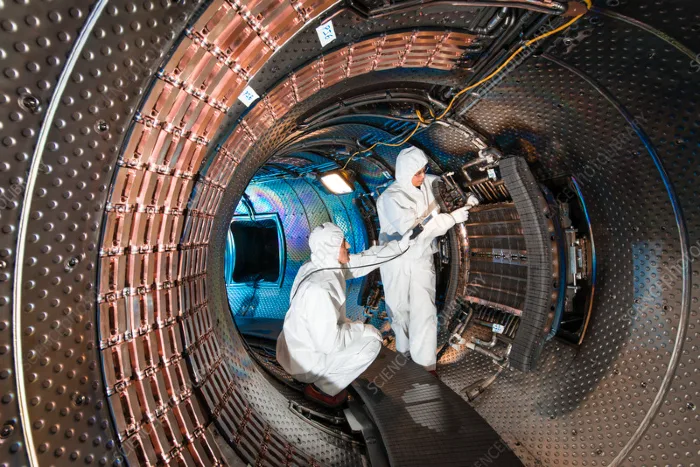Indonesia marks a significant step in renewable energy advancement with the launch of Southeast Asia’s biggest floating solar power plant, capable of supplying clean energy to approximately 50,000 homes. This notable achievement was officially inaugurated by Indonesian President Joko Widodo, as reported by Nikkei Asia. Spanning more than 250 hectares (2.5 km²) on the Cirata Reservoir in West Java Province, this solar plant isn’t only the largest in Southeast Asia but also ranks third globally in size.
In his address at the inauguration, President Widodo celebrated the momentous occasion, stating, “Today is a historical day because our big dream of building a large-scale renewable energy plant is finally achieved. We managed to build the largest floating solar plant in Southeast Asia, and the third biggest in the world.” The Cirata floating solar plant stands as a testament to Indonesia’s commitment to renewable energy development.
Constructed by China’s PowerChina Huadong Engineering Corporation Limited, in collaboration with Indonesia’s state electricity corporation PLN and Masdar, a United Arab Emirates energy company, the project represents a significant investment of $145 million. Over 340,000 solar panels float atop the reservoir, anticipated to generate 192 MW of electricity annually. This output not only provides a sustainable energy solution but also complements the existing hydropower facilities at the site.

Despite initial delays, construction commenced in December 2020, and the plant’s launch strategically aligns with the upcoming 28th Conference of the Parties (COP28) climate meetings, set to take place in the United Arab Emirates. President Widodo is expected to attend this significant event.
Indonesia, home to over 270 million people, currently generates over 80 GW of power, with renewable sources contributing only 15%. However, the nation aims to increase this to 23% by 2025, transitioning away from its heavy reliance on coal.
The Cirata plant plays a crucial role in this transition, with expectations to reduce carbon emissions by approximately 214,000 tonnes annually. Discussions are underway between PLN and Masdar to expand the facility’s capacity to 500 MW. The plant currently utilizes a mere 4% of the dam’s reservoir surface, showcasing the efficient use of space and potential for expansion.

The inauguration comes on the heels of Indonesia completing its first comprehensive investment and policy draft under the Just Energy Transition Partnership (JETP). This ambitious plan, which includes identifying 40 high-priority projects, aims to expedite the disbursement of $20 billion in international financing promised last year to aid Indonesia’s shift toward clean energy. None of these funds have yet been released, but there is optimism for imminent progress.
More To Discover
- Conventional Wind Energy: A Design Deadly for Birds And Why They Are Paying For Our Greenwashed Ideals
- Heartworms and UV Hazards: Climate Change’s Toll on Pets and Polar Wildlife
- A Common Laundry Detergent Enzyme Can Recycle Single-Use Plastics In 24-Hours, Researchers Discover
- Governments Spend $22 Billion A Year To Accelerate Overfishing (11 Countries Spending The Most)
PLN CEO Darmawan Prasodjo emphasized the importance of collaboration and investment for the country’s renewable energy sector, saying, “We have designed the ecosystem that is conducive for investment and collaboration. In that regard, we will move forward with collaboration on technology innovation, investment [and] operation, and I’m very proud of PLN’s collaboration with Masdar.”
This initiative is a significant stride toward Indonesia’s goal of achieving net-zero emissions by 2060 or earlier with international support.





















